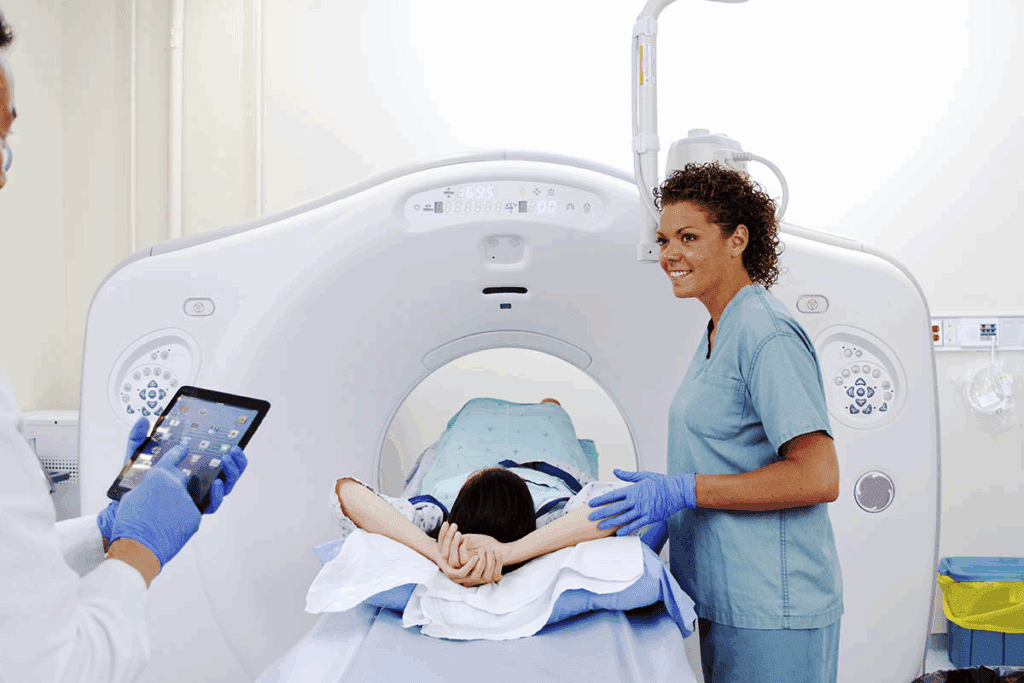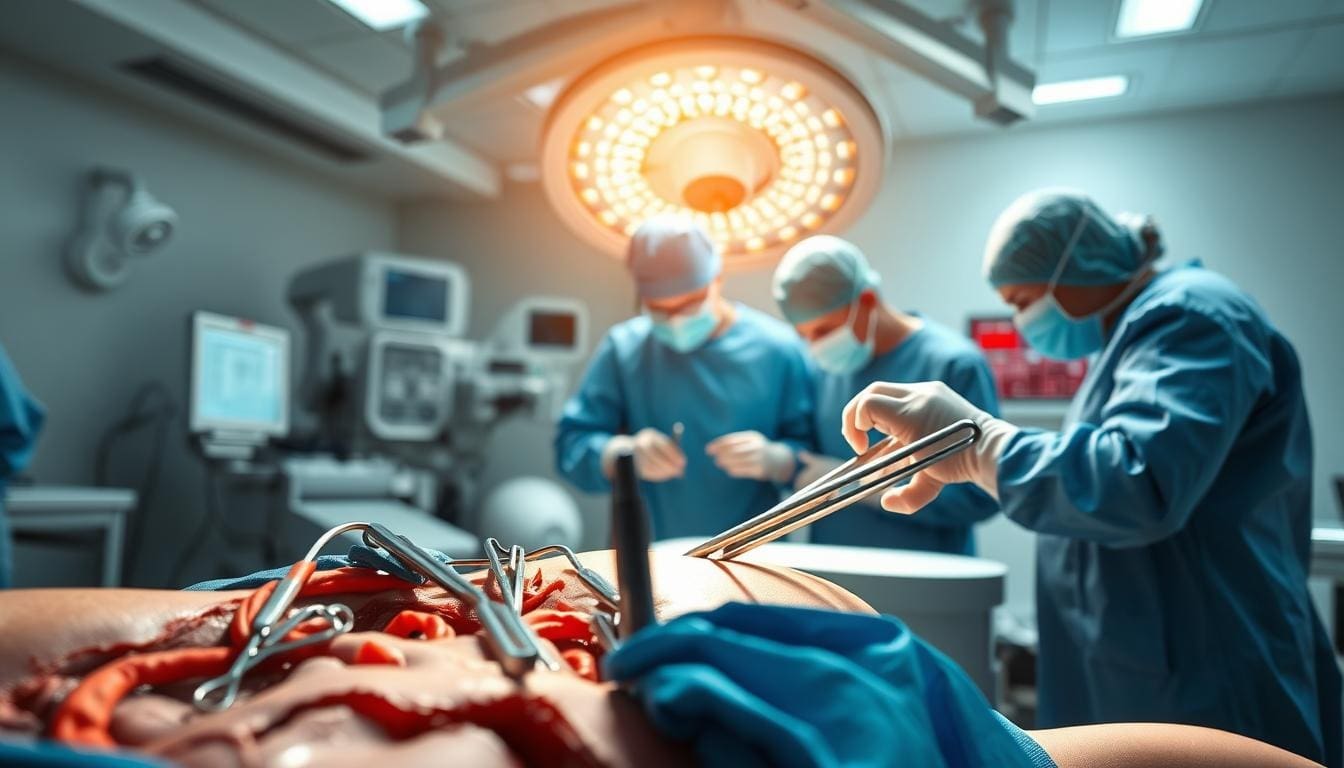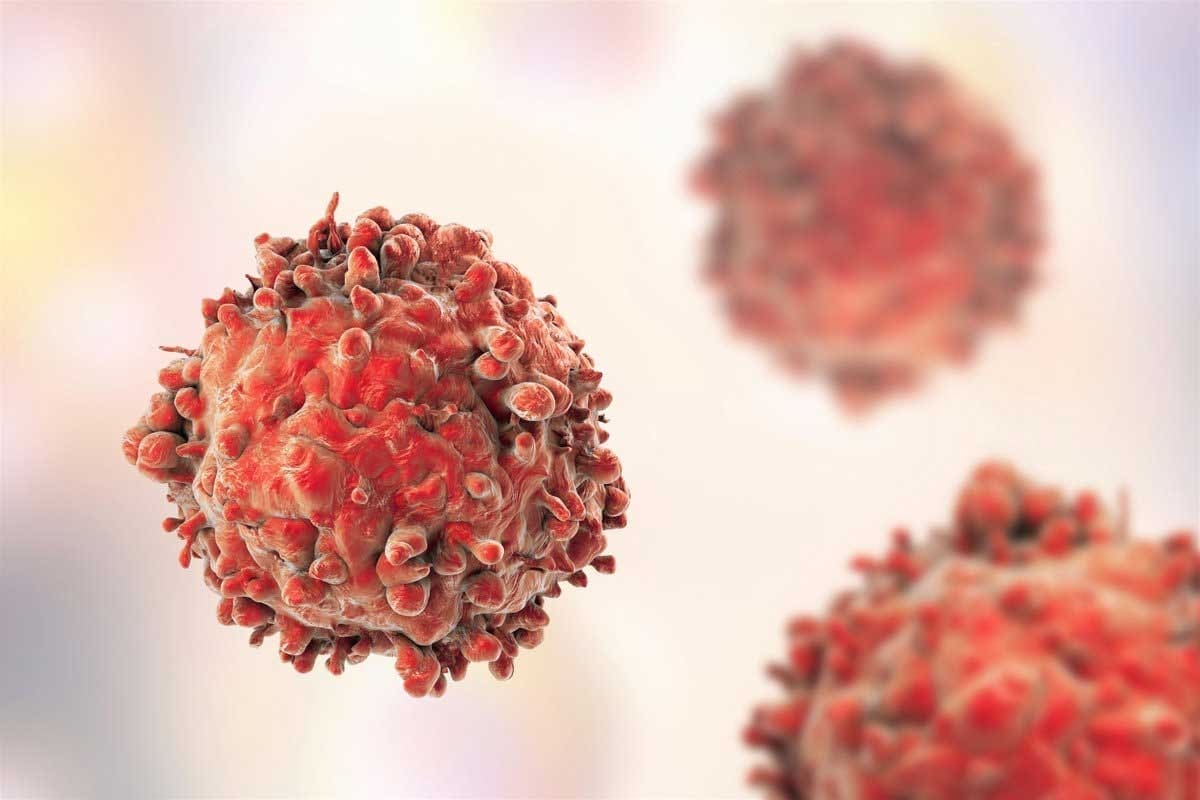Last Updated on November 27, 2025 by Bilal Hasdemir

Over 1.7 million PET scans are conducted annually in the United States to help doctors diagnose and treat various health conditions. Regarding how long does a pet scan take, the entire PET scan process usually lasts between two to three hours. This duration includes the preparation time during which a radioactive tracer is injected and allowed to circulate through your body, typically taking up to an hour for absorption. The actual scanning part generally takes about 15 to 60 minutes. After the scan, patients can usually resume normal activities, though hydration is recommended to help flush the tracer from the body.
A PET scan, or Positron Emission Tomography scan, is a test that doctors use. It helps them see if you have cancer, brain problems, or heart disease.
To get good results, preparation is important. Knowing what to do before a PET scan can really help. It makes the test more successful.
Key Takeaways
- Understanding the definition and purpose of a PET scan
- Learning how to prepare for a PET scan
- Knowing what to expect during the procedure
- The importance of following preparation guidelines
- Common questions about PET scans answered
Understanding PET Scans: Definition and Purpose
To grasp the role of PET scans in medical diagnosis, we must first define what a PET scan is. A PET scan, or Positron Emission Tomography scan, is a medical imaging technique. It provides detailed information about the metabolic activity within the body’s tissues and organs.
What is a PET Scan?
A PET scan is a non-invasive diagnostic tool. It uses a radioactive tracer to visualize the body’s internal processes. This tracer is absorbed by the body’s tissues and organs, emitting signals that are then detected by the PET scanner.
How PET Scans Differ from Other Imaging Tests
PET scans differ from CT scans or MRI. While CT scans and MRI provide anatomical information, PET scans offer insights into the body’s functional aspects. This makes PET scans useful for diagnosing and monitoring conditions that affect the body’s metabolic processes.
Common Medical Conditions Diagnosed with PET Scans
PET scans are commonly used to diagnose and monitor various medical conditions. These include cancer, neurological disorders, and cardiovascular disease. The table below summarizes some of the key applications of PET scans.
| Medical Condition | PET Scan Application |
| Cancer | Diagnosis, staging, and monitoring treatment response |
| Neurological Disorders | Diagnosing conditions such as Alzheimer’s disease and Parkinson’s disease |
| Cardiovascular Disease | Assessing myocardial viability and blood flow |
Why Doctors Order PET Scans

PET scans are a key tool for doctors. They help see how the body works by showing metabolic activities. This makes it easier to diagnose and treat many diseases.
Cancer Detection and Staging
Doctors often use PET scans to find and stage cancer. They spot cancer cells by looking at where the body uses a lot of energy. This is key for early detection and planning treatment.
Neurological Disorders
PET scans are also used for neurological disorders. They help diagnose diseases like Alzheimer’s, Parkinson’s, and epilepsy. These scans show how the disease is progressing and if treatments are working.
Cardiovascular Disease Assessment
Lastly, PET scans help with cardiovascular disease. They check how well blood flows to the heart and find damaged areas. This is important for diagnosing heart disease and finding the right treatment.
To sum up, doctors use PET scans for many important reasons. These include finding cancer, checking neurological disorders, and looking at heart disease. The detailed info from PET scans is essential for today’s medicine.
How Does a PET Scan Work?
A PET scan detects metabolic activities in the body. It uses small amounts of radioactive tracers. These tracers highlight areas where the body is most active.
The Science Behind PET Imaging
PET imaging works because diseased tissues have different metabolic rates than healthy ones. This difference helps PET scans spot and track various health issues.
Radioactive Tracers and Their Function
Radioactive tracers emit positrons, which are the opposite of electrons. When a positron meets an electron, they destroy each other. This releases energy that the PET scanner picks up. This energy helps create detailed images of the body’s inner workings.
FDG PET Scans Explained
FDG PET scans use a glucose-like tracer. Cancer cells eat more glucose than normal cells. So, FDG PET scans are great for finding and tracking cancer. The tracer goes to areas with high activity, like tumors, for clear images.
In short, PET scans use radioactive tracers to see metabolic activities in the body. The science and function of these tracers, along with FDG PET scans, make PET scans a key tool in medicine today.
PET Scan Equipment and Environment
Knowing about PET scan equipment helps patients feel more at ease. The technology is advanced, using special machines to see inside the body.
The PET Scanner Machine
The PET scanner looks like a big doughnut. It finds the signals from the radioactive tracer in the patient’s body. This is key to seeing how the body works.
PET/CT Combination Scanners
Today, many PET scanners come with CT scanners. This combo gives detailed views of the body’s inside. It shows both how the body works and its structure.
The Scanning Room Setup
The scanning room has the PET or PET/CT scanner and control gear. It’s built to keep radiation inside. Patients lie on a table that moves into the scanner.
The room is made to be calm and cozy. It has soft lighting and a way for patients to talk to the technologist.
- Key Components: PET scanner, control equipment, movable table.
- Room Features: Shielding, dimmable lighting, communication system.
Preparing for Your PET Scan: Days Before
To get ready for a PET scan, you need to follow certain steps a few days before. It’s important to prepare well to get accurate results and stay safe during the test.
Discussing Medications with Your Doctor
Talking to your doctor about your medications is a key first step. Some medicines might need to be changed or stopped before the scan. Make sure to list all your medicines, including supplements and vitamins.
Dietary Restrictions
What you eat before a PET scan is also important. Your doctor might tell you to eat a certain way before the scan. This could mean avoiding some foods or drinks that might mess with the scan’s results. For example, you might need to eat less carbs or avoid sugary foods.
Activity Limitations
You might also need to cut back on activities before the scan. This could mean no heavy exercise or less physical activity. The goal is to make sure nothing affects the scan’s accuracy.
By following these steps and talking to your doctor, you can make sure your PET scan goes well. Good preparation helps get the best results and helps you make informed choices about your health.
The Day Before Your PET Scan
The day before your PET scan is key to getting ready. It’s important to follow certain rules about diet, drinking water, and what to avoid.
Dietary Guidelines
What you eat can affect your PET scan’s quality. Eat a diet high in protein and low in carbs the day before. This makes the scan clearer because the tracer works differently with different tissues.
- Make sure to eat foods rich in protein like chicken, fish, and eggs.
- Try to eat fewer carbs, like sugary foods and drinks.
- Stay away from high-fiber foods that might make you uncomfortable or affect the scan.
Hydration Requirements
Drinking water is good for your health and your scan. Drink lots of water the day before. It helps your body work well and makes sure the tracer spreads out right.
What to Avoid
Some things can mess with your PET scan. Don’t do hard exercise or wear tight clothes that might be uncomfortable during the scan. Also, tell your doctor about any medicines or supplements you’re taking. They might need to change your plan.
By sticking to these tips, you can make sure your PET scan goes well. This helps get accurate results for your health care plan.
Morning of Your PET Scan
On the morning of your PET scan, it’s important to follow certain guidelines. This ensures the procedure goes smoothly. You need to fast, understand your hygiene options, dress right, and bring what you need.
Fasting Requirements
Fasting is a key part of preparing for a PET scan. You’ll need to fast for 4 to 6 hours before the scan. Fasting requirements help the tracer work right, giving clear images. Always follow the fasting instructions from your healthcare provider or the PET scan facility.
Can You Shower Before a PET Scan?
You can usually shower before a PET scan. But, avoid using lotions, creams, or deodorants as they can mess with the scan. Showering before a PET scan is okay, but check with your healthcare provider about personal hygiene.
What to Wear
Wear comfortable, loose clothes on the day of your PET scan. Don’t wear jewelry or clothes with metal parts as they can mess with the scan images. What to wear to a PET scan is important to avoid any issues.
What to Bring to Your Appointment
Bring important medical records and a list of your medications to your PET scan appointment. Having a friend or family member for support is also a good idea. Arrive early with all your documents and information to bring to your PET scan appointment.
How Long Does a PET Scan Take?
Many people wonder how long a PET scan takes. The time needed can change based on the scan type and the person’s health.
Total Appointment Duration
A PET scan usually takes 2 to 4 hours. This includes getting ready, the scan, and checking up after it.
Pre-scan preparation is key. It involves getting registered, changing clothes, and getting the radioactive tracer.
Pre-Scan Preparation Time
Getting ready for the scan can take 30 minutes to an hour. You’ll need to fill out forms, remove metal, and wear a hospital gown. The tracer might feel like a pinch or be cold.
“The preparation time before a PET scan is critical for safety and success.”
Actual Scanning Time
The scan itself lasts 30 to 60 minutes. It depends on the body part and the test’s needs.
You’ll lie on a table that moves into the scanner. It takes pictures of your body’s activity. Doctors use these to find and track health issues.
Post-Scan Monitoring
After the scan, you’ll be watched for 15 to 30 minutes. This checks for any bad reactions to the tracer.
After the scan, you can usually go back to normal. Drink lots of water to get rid of the tracer.
In summary, a PET scan’s total time can vary. Knowing the steps helps you prepare and understand what to expect.
The PET Scan Procedure: Step by Step
The PET scan procedure has several steps, starting when you arrive. Knowing these steps helps you prepare and makes the experience smoother.
Arrival and Registration
First, you’ll go through the registration process, like any medical visit. You’ll need to show your ID, insurance, and medical history. Arriving a few minutes early is key.
Tracer Injection Process
Next, you’ll get the radioactive tracer through “The injection is quick and usually painless.” The tracer goes to specific body areas, depending on the scan type.
The Uptake Period
After the injection, you wait for the tracer to be absorbed. This wait can be 30 minutes to an hour, based on the tracer and scan area. You’ll need to stay quiet and calm during this time.
Positioning on the Scanner
After waiting, you’ll lie down on the PET scanner bed. The technologist will make sure you’re comfortable and in the right spot.
“The PET scanner is a large, doughnut-shaped machine that rotates around you as it captures images,”
explains Jane Doe, a PET scan technologist. The scan is usually painless and can last from a few minutes to an hour.
The medical team is there to keep you safe and comfortable. Knowing what to expect at each step helps reduce anxiety.
Special Considerations for Different Types of PET Scans
PET scans are used for many medical needs, like checking the brain or finding cancer. Each scan has special steps to get the best results.
Brain PET Scans
Brain PET scans help find problems like Alzheimer’s or tumors. Before a brain scan, you might need to stop certain medicines. This is to make sure the scan works right.
Cardiac PET Scans
Cardiac scans look at the heart’s health and find heart disease. You might need to not eat for a few hours before. Also, skip caffeine and some medicines that can change your heart rate.
Whole Body PET Scans for Cancer
Whole body scans check cancer’s spread and how treatments work. For these scans, fasting and no exercise are key. They help see how cancer moves in the body.
Knowing what each PET scan needs helps patients get ready. This makes the test go smoothly.
Potential Side Effects and Risks
PET scans are a key tool for doctors, but they come with risks and side effects. These scans use small amounts of radioactive tracers. These tracers can affect the body in different ways.
Common Side Effects of PET Scans
Most people don’t have big problems after a PET scan. But, some might feel a bit uncomfortable or have mild allergic reactions. Others might feel a little sick or have a headache.
- Discomfort or pain at the injection site
- Mild allergic reactions to the tracer
- Nausea or headache
Radiation Exposure Concerns
PET scans use a bit of radiation. The risk is small, but it’s good to talk about it with your doctor. This is more important if you’ve had many tests with radiation.
| Radiation Exposure Comparison | Effective Dose (mSv) |
| PET Scan | 4-7 |
| Chest X-ray | 0.1 |
| CT Scan (Chest) | 7-10 |
Who Should Avoid PET Scans?
Some people should think twice about getting a PET scan. People with diabetes need to be careful because their blood sugar can mess with the results. Also, those who are scared of tight spaces might need help to relax during the scan.
Pregnancy and PET Scans
If you’re pregnant, tell your doctor before getting a PET scan. The radiation could harm your baby. Sometimes, other tests are suggested instead.
Talk to your doctor about your health and any worries before a PET scan. This way, you can make sure the scan is safe and helpful for you.
After Your PET Scan: What to Expect
Getting a PET scan might seem scary, but knowing what happens next can help. After the scan, you’ll go through a few steps to make sure you’re safe and the results are right.
Immediate Post-Scan Period
Right after your PET scan, you’ll be watched for a little while. This is to see if you have any bad reactions to the tracer. Usually, this doesn’t take long, and you can get back to your day pretty quickly.
How Long Are You Radioactive After a PET Scan?
The tracer in PET scans doesn’t stay in your body for long. It’s gone in a few hours. Drinking lots of water helps get rid of it faster.
Can You Drive After a PET Scan?
Most people can drive home after a PET scan. But, it’s smart to have someone with you, just in case.
Resuming Normal Activities
You can usually go back to your normal routine after a PET scan. Just make sure to drink water and follow any special instructions from your doctor.
| Activity | Post-PET Scan Guidance |
| Driving | Generally allowed unless your doctor says not to |
| Hydration | Drink lots of water to get rid of the tracer |
| Normal Activities | Go back to your usual routine unless your doctor tells you not to |
Knowing what happens after a PET scan can make it less scary. If you’re worried or have questions, talk to your doctor.
PET Scan Results Timeline and Interpretation
Grasping PET scan results is key for patients to understand their health. The process includes several steps. These range from the scan’s completion to getting and understanding the results.
How Long Does It Take to Get PET Scan Results?
The time to get PET scan results varies. It usually takes 1 to 3 days. But, it can take longer, depending on the scan’s complexity and the facility’s workload.
Understanding Your PET Scan Images
PET scan images are complex and need expert interpretation. They are color-coded. Different colors show various tracer levels in the body.
What Do “Hot Spots” Mean?
“Hot spots” are areas with high tracer concentration. They can show different conditions, like tumors or inflammation.
Follow-up After Results
After getting PET scan results, patients meet with their doctor. They discuss the findings and the treatment plan’s next steps.
| Result Type | Description | Typical Next Steps |
| Normal | No significant abnormalities detected. | Continue with regular check-ups. |
| Abnormal | Indications of possible health issues. | Further testing or treatment planning. |
| Inconclusive | Results are unclear or need more analysis. | More testing or a repeat PET scan. |
Understanding PET scan results and the next steps can ease patient uncertainty. It helps during diagnosis and treatment.
Conclusion: Preparing for a Successful PET Scan
Getting ready for a PET scan is key to getting good results. Knowing what to do and following the steps can make your scan a success.
It’s important to talk to your doctor about your meds and to stick to a special diet. Also, avoid certain activities before your scan. On the day of the scan, bring all needed papers and listen to the staff’s instructions.
A well-prepared PET scan helps doctors find and treat health issues better. By following these tips, you help make the scan go smoothly. This leads to better health for you.
FAQ
What is a PET scan?
A PET (Positron Emission Tomography) scan is a test that uses a radioactive tracer. It helps see the body’s internal structures and how they work.
How long does a PET scan take?
A PET scan usually takes 2-3 hours. This includes getting ready, the scan itself, and checking after it’s done.
What are the common side effects of a PET scan?
Side effects of PET scans are usually mild. You might feel pain or discomfort where the tracer was injected. Some people might also feel anxious or claustrophobic during the scan.
Can I eat before a PET scan?
Before a PET scan, you usually need to fast for 4-6 hours. This helps get accurate results. Always follow your doctor’s specific instructions about what to eat.
How long does it take to get PET scan results?
Getting PET scan results can take a few hours to a few days. It depends on how complex the scan was and your doctor’s schedule.
What does a PET scan detect?
PET scans can find many health issues. These include cancer, neurological problems, and heart disease. They work by showing how active the body’s cells are.
Can I drive after a PET scan?
Yes, you can drive after a PET scan. But it’s best to have someone with you. The scan might make you feel sleepy or have other side effects.
How long are you radioactive after a PET scan?
The radioactive tracer in PET scans stays in your body for a few hours. This is usually safe for most people.
What should I wear to a PET scan?
Wear loose, comfy clothes to your PET scan. Avoid anything with metal, like jewelry or glasses.
Can I shower before a PET scan?
Yes, you can shower before a PET scan. But don’t use lotions or deodorants that might mess with the scan.
Why do doctors order PET scans?
Doctors use PET scans to diagnose and manage health issues. This includes cancer, brain disorders, and heart disease. They help see what’s going on inside the body.
What is the difference between a PET scan and a CT scan?
A PET scan looks at how active the body’s cells are. A CT scan shows detailed pictures of the body’s inside. PET/CT scanners can do both at once.
Are PET scans safe?
PET scans are usually safe. They involve a small amount of radiation. But the benefits usually outweigh the risks. Talk to your doctor if you have concerns.
Can I have a PET scan during pregnancy?
PET scans are not usually recommended during pregnancy. They involve radiation that could harm the fetus. But sometimes, the benefits might be worth the risks. Your doctor will discuss this with you.
Reference
- Boellaard, R., Delgado‐Bolton, R., Oyen, W. J. G., Giammarile, F., Tatsch, K., Stroobants, S., Verzijlbergen, F. J., Barrington, S. F., Pike, L. C., Weber, W. A., & Krause, B. J. (2015). FDG PET/CT: EANM procedure guidelines for tumour imaging: version 2.0. European Journal of Nuclear Medicine and Molecular Imaging, 42(2), 328–354. https://pmc.ncbi.nlm.nih.gov/articles/PMC4315529/






